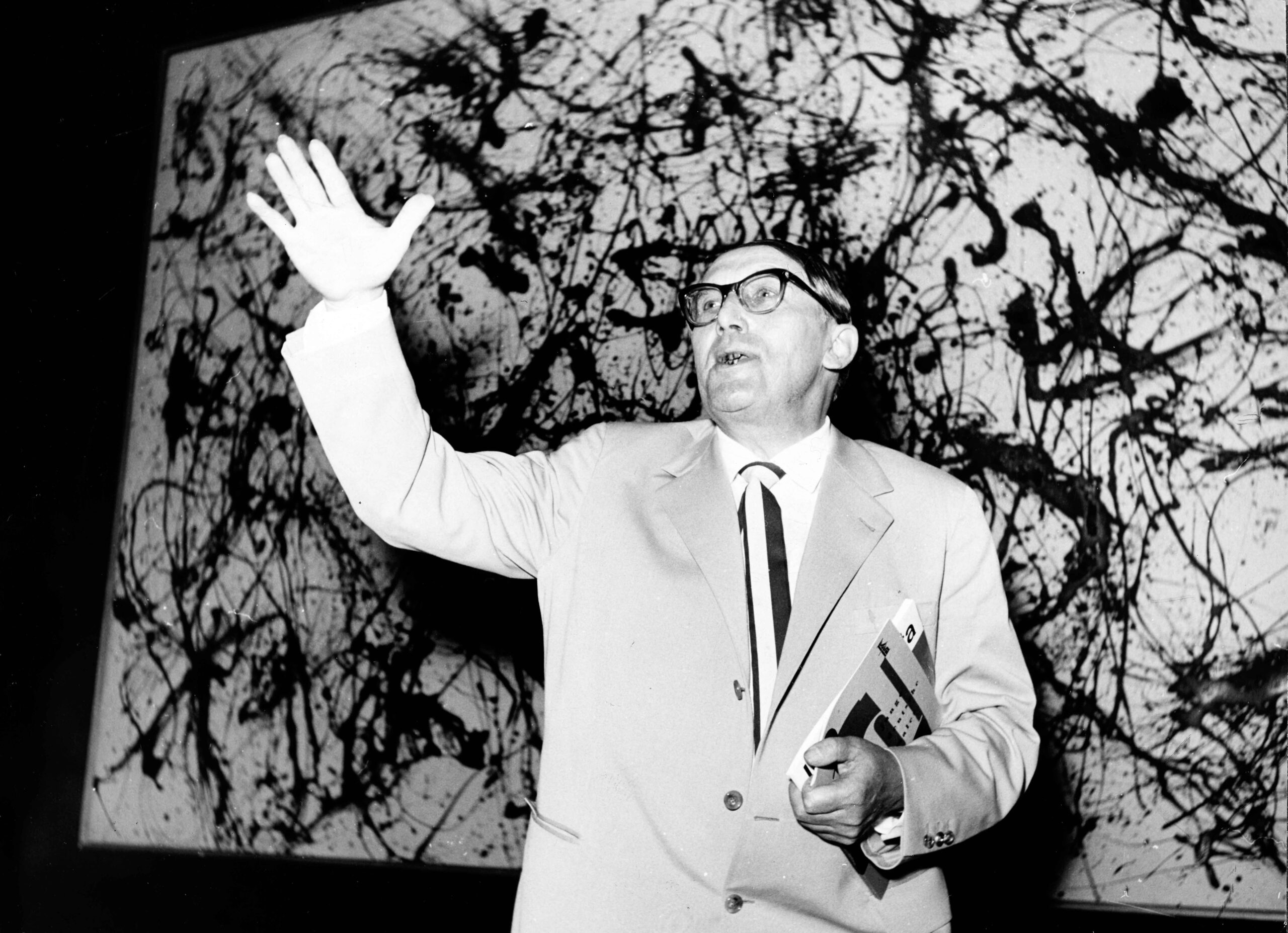RAQIB SHAW : PARADISE LOST
RENUKA SAWHNEY
Walking through Raqib Shaw’s exhibition, Paradise Lost at the Pace gallery in New York, is to conceptually weave through John Milton’s Paradise Lost, through the sylvan frame and into the aftermath. The 60 ft painting, Paradise Lost, displayed on its own is from incredibly detailed from afar, while from up-close it achieves what Homi Bhabha has previously termed as ‘a vibration of the picture frame’1 on a seemingly epic scale. Homi Bhabha’s essay, An Art of Exquisite Anxiety, posits dialectic between flatness and figuration as the space where the ‘exquisite anxiety of the art of Raqib Shaw’ is to be found. Bhabha defines flatness as ‘tends(ing) towards abstraction and void space, whereas figuration opens up the possibility of narration and symbolism in the process of representation…Shaw’s highly worked surfaces vividly display the tension between flatness and volume. His painted objects are enameled and gilded, and assume an almost sculptural presence as they precariously rise above the surface of the painting, only to be eventually re-absorbed into the flat picture plane.’2 Paradise Lost (2001-2013) provides a narrative that takes the protagonist – a ‘Moon Howler’ with the head of a cat, crowned with Queen Elizabeth II’s crown and shod in yellow and green Nike high-tops – through a scene that includes cannibalistic baboons, bears and cheetahs hunting deceptively camouflaged blue deer, blue swallows cascading upwards into a lightning sky and at the end, a checkerboard floor collapsing under the protagonists feet/hooves. In Milton’s Paradise Lost it could be argued that The Tree of Knowledge suggests a tempered use of knowledge, which when misused results in the corruption of man’s nature.
In Shaw’s Paradise Lost the misuse of knowledge spreads to nature and is represented in extremis – knowledge and nature as the object of consumption and as witness – which recalls the sylvan scene from Milton’s Paradise Lost as well as T. S. Elliot’s The Waste Land. Elliot references Milton’s Paradise Lost, in A Game of Chess. Above the antique mantel was displayed As though a window gave upon the sylvan scene The change of Philomel, by the barbarous king So rudely forced; yet there the nightingale Filled all the desert with inviolable voice And still she cried, and still the world pursues. “Jug Jug” to dirty ears.3 It could be argued that Elliot implies the witness of nature – the forest where the rape of Philomel took place – as silent witness to the violent act, while the voice of the nightingale is seemingly communicating that witness. Shaw in contrast presents a sylvan scene where the culpability of nature is not only in witness but also in action and in participation.
Read More>> Please Subscribe our Physical Magazine

